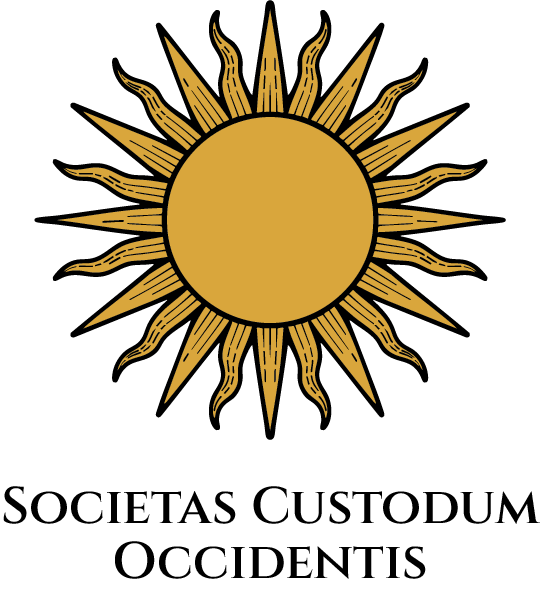
Claude Monet, 1875
A bright sky overhead, the breeze caught in fabric, a mother and child bathed in soft light—frozen, not in stillness, but in motion. Claude Monet’s Woman with a Parasol is not merely a portrait of domestic life; it is a hymn to fleeting moments, an impression of tenderness rendered eternal through brush and colour.
Painted in the fields of Argenteuil, where the Monets spent their summers, this canvas captures Camille Monet and their young son Jean as if glimpsed during a gentle afternoon walk. But more than a family memory, it is a quiet revolution in paint—a defiance of stiffness, a declaration that light and feeling can take precedence over line and form.
Monet, born in Paris in 1840 and raised in Le Havre, was the beating heart of Impressionism. His style—once mocked by critics as unfinished or careless—sought to capture the world as the eye truly sees it: in flickers of light, movement, and mood. Where academic painters laboured to polish surfaces and dramatize myth, Monet preferred the immediacy of nature, the pulse of a breeze, the dance of colour on water. He once said, “I want to paint the air in which the bridge, the house, the boat is to be found.”
In Woman with a Parasol, we see this philosophy in full bloom. The upward gaze of the viewer gives Camille a sense of grandeur, yet the informality of her pose reminds us she is simply a woman enjoying the day. The painting was completed in just a few hours—yet it carries the weight of intimacy and permanence. The brushwork is loose, the strokes visible, yet nothing feels lacking. The sky churns with vitality, the grass bends, and Camille’s veil flutters as if still caught in that passing gust.
This piece is more than a family scene; it is a mirror of Western ideals: the dignity of the ordinary, the nobility of beauty without spectacle. It is art rooted in love, in land, in light. And it is a reminder that sometimes, in the simplest expressions, we glimpse the eternal.
Suggested Further Reading:
-
Monet, Claude. Claude Monet: Letters. Edited by Daniel Wildenstein. Flammarion, 1996.
-
Tucker, Paul Hayes. Monet in the ’90s: The Series Paintings. Yale University Press, 1989.
-
House, John. Monet: Nature into Art. Yale University Press, 1986.
-
Herbert, Robert L. Impressionism: Art, Leisure, and Parisian Society. Yale University Press, 1988.
-
Rewald, John. The History of Impressionism. Museum of Modern Art, 1973.

